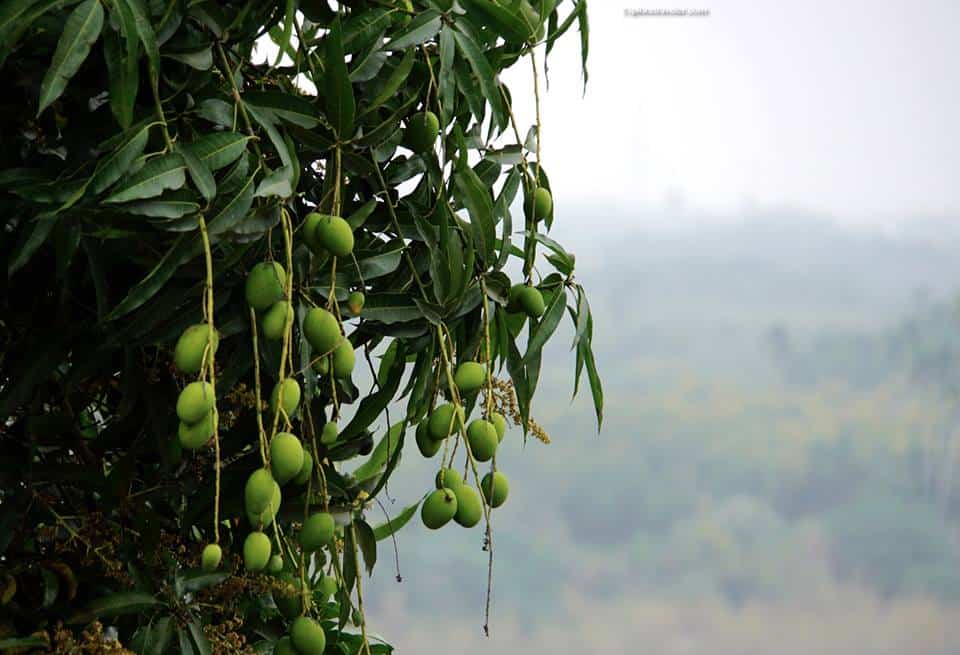A Fruit Tree Journey Through Taiwan
Season Of Sweet Baby Green Mangoes Taiwan is a Taiwanese fruit lover’s paradise. This is an island of plentiful fresh fruit in season. Taiwan grows extraordinary and delicious… Read More »A Fruit Tree Journey Through Taiwan

